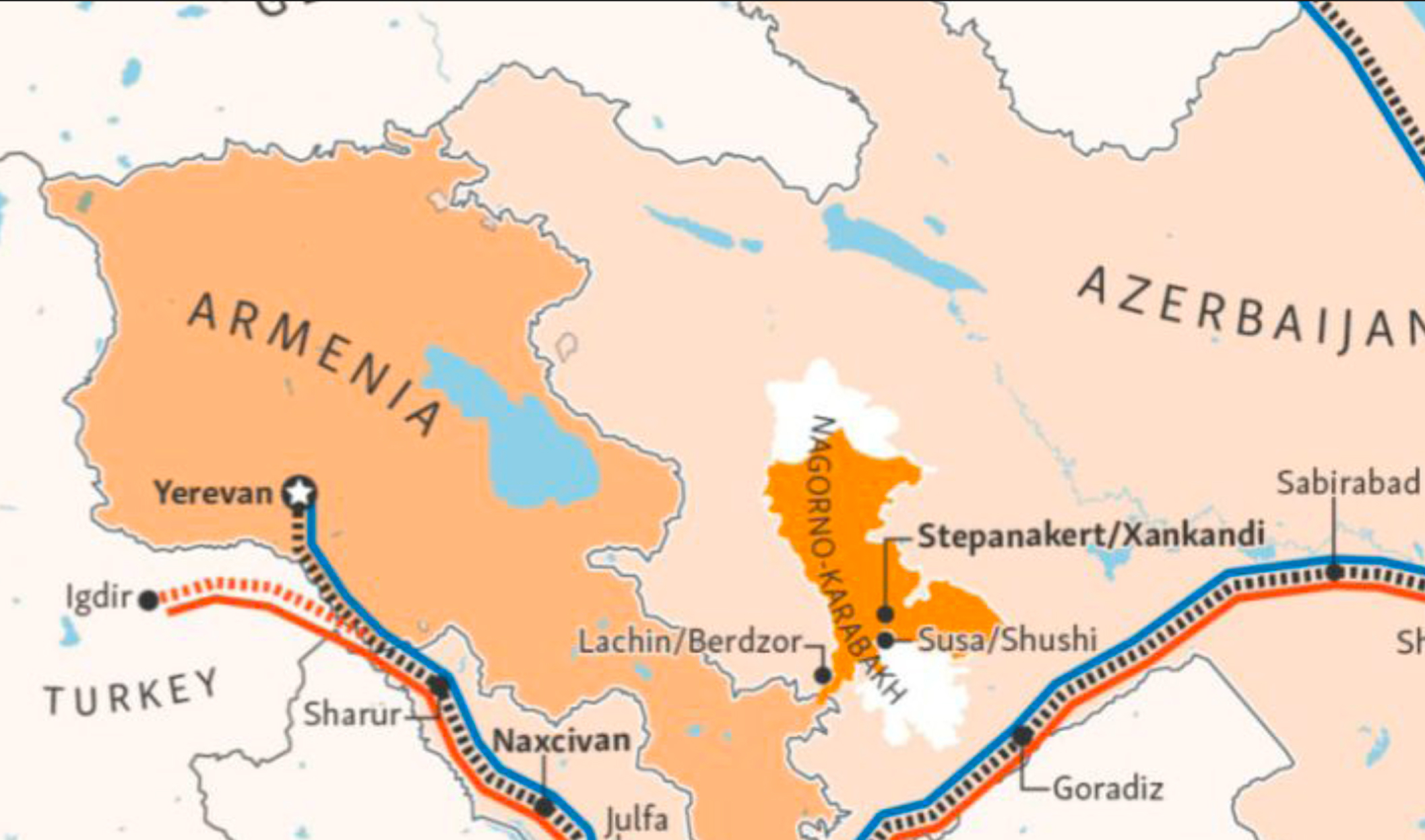By MAITRE BARKEV DAVITYAN
On Friday, August 8, through the efforts of President Trump, a preliminary agreement was signed at the White House between Armenia and Azerbaijan, putting an end to the bloody wars fought between the two countries. It is expected that the parties will officially sign the peace agreement in the near future. According to this agreement, Azerbaijan achieves its long-desired goal of connecting with Nakhichevan through southern Armenia, and Armenia, in turn, avoids the ever-looming sword that had constantly been hanging over its neck. The Treaty of Sèvres (August 10, 1920), which granted Wilsonian America a mandate to establish a protectorate over Armenia—but was at the time rejected by the U.S. Congress—is now seemingly being realized with Trump-era America returning to Armenia as a kind of modern-day colonizer. The agreement struck a geopolitical blow to Russia, which, since the collapse of the Soviet Union and for 35 years, tried (unsuccessfully) to solidify its influence in the South Caucasus by playing the role of mediator. Statements from around the world congratulated the two reconciled countries, and especially showered President Trump—who suffers from a craving for glorification—with praise. Ali Akbar Velayati, advisor to Iran’s Supreme Spiritual Leader, was the first to issue a negative reaction, saying, “That corridor will not become a path for Trump’s dominance but will turn into a graveyard for Trump’s mercenaries.” However, later softening this stance, Iran’s Foreign Ministry welcomed the peace process between the two neighboring countries in principle, while drawing certain red lines regarding the implementation of the corridor—warning that any foreign interference near its borders must consider and not jeopardize regional security and lasting stability. Foreign Ministry spokesman Bagha’i emphasized the need to consult with Iran to protect its interests, adding that such consultations would begin with Armenia starting from next Monday. For its part, Russia cautiously welcomed the agreement, saying Moscow agrees with efforts toward stability and prosperity in the Caucasus. In addition to the agreement between Armenia and Azerbaijan, separate treaties were signed between the United States and Armenia on one side, and the United States and Azerbaijan on the other, to enhance cooperation in the fields of energy, technology, and economy. The 32-kilometer transit corridor through southern Armenia will be called the Trump Route for International Peace and Prosperity (TRIPP)—reportedly a name proposed by Armenia. The Trump Corridor will include a railway, oil and gas pipelines, and fiber-optic cables. Already, 9 construction companies have expressed interest in taking on the construction in the coming weeks. Now remains the question of what the opposition to Armenia’s current government will say. Certainly, they will argue that there is no mention of our prisoners in Azerbaijan, or of the displaced from Artsakh, and the list of “not mentioned” issues from their side will go on… But we must believe that with the signing of peace, passions will cool, hatred will soften, rising living standards will curb criminality, and humanity will progress by speaking and reconnecting with one another. The atmosphere of peace can make it easier to secure the release of prisoners and make the return of Artsakh refugees an internationally guaranteed possibility. And the number of our young fallen heroes resting in the sacred grounds of YERAPLOOR will no longer rise. And the blessing of our Church—PEACE TO ALL—will be come true.
Note: Translated with the assistance of chatGBT

